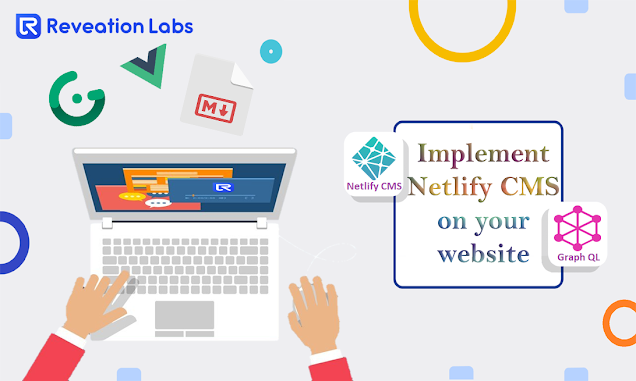
Introduction Netlify CMS is an open source content management system for your Git workflow that enables you to provide editors with a friendly UI and intuitive workflows. Add Netlify CMS to your site by creating and configuring files, then connecting the CMS to your site through user authentication. And finally, you'll learn how to access the CMS admin so that you can write your blog post. Basic Introduction of Netlify CMS & GraphQL What is Netlify CMS? Netlify CMS is an open-source content management system for enabling your Git workflow. It provides user-friendly UI and intuitive workflows. Using this netlify cms concept create faster, more flexible web projects with any static site generator. Content is stored in your Git repository alongside your code for easier versioning, multi-channel publishing, and the option to handle content updates directly in Git. What is GraphQL? GraphQL is a query language for your API, and a server-side runtime for executing queries by using a...
